If you remember Monika Sosnowska from her contribution to the Polish Pavilion at the Venice Biennale in 2007, then prepare to be surprised by her recent works. Ten years ago, 1:1, her sprawling grid of tangled and misshapen steel ladders provided an absurdist response to the post-war modernisation projects that transformed Eastern Europe’s architectural landscape. While Sosnowska is still focused on architecture, her language has taken a quieter turn away from the grand use of space that marked her previous projects.
In ‘Structural Exercises’, a solo exhibition of works from the past year at Hauser & Wirth in London, fragments of steel and concrete continue to dominate, reflecting an engagement with the core materials used in the post-war buildings of Warsaw, where Sosnowska lives and works. Now, however, she manipulates and arranges these materials in a far subtler fashion, subverting the visual codes of the built environment that we have normalised. Her approach is simple: take the materials, extricate from them any connotation of functionalism, and challenge the qualities that we typically associate them with. On all three fronts, she succeeds with an almost serene finesse.
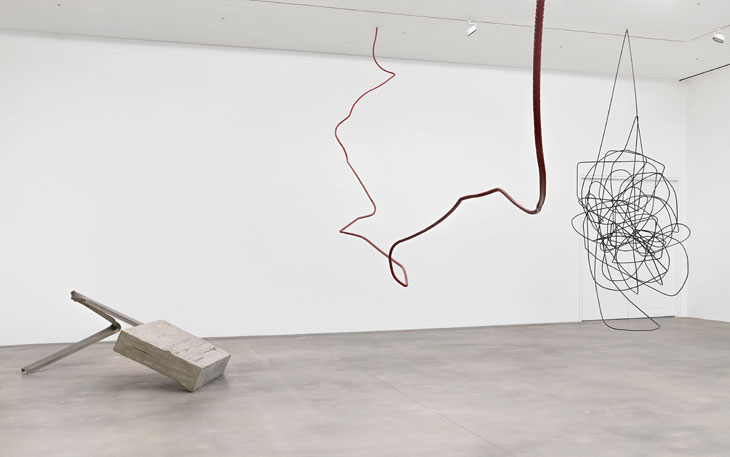
‘Monika Sosnowska: Structural Exercises’, installation view at Hauser & Wirth, London, 2017. © Monika Sosnowska; courtesy the artist and Hauser & Wirth. Photo: Alex Delfanne
Take for example Pipe: a large steel pipe sliced into from top and bottom and deconstructed so it appears to unfurl in opposite directions. With its gently rippling edges, the object looks as light as a strip of paper flung casually aside, although the pressure that would have been applied to the steel to alter its original shape must have been immense. Indeed, look closely, and you will notice jagged edges in the steel where it ruptures in half. What Sosnowska has done in this instance is to remove a pipe from its more prosaic uses and transform it into its material antithesis: an elegant sculptural object, tissue-like in appearance.
Sosnowska’s works are titled with significant directness: Rebar 12, Rebar 16, and Rebar 20 refer to the standard size codes for reinforcement steel as they are known by manufacturers or suppliers. These names remind us of the multiple other lives that the materials, playfully reconfigured – a doodle suspended in space, as if someone had lazily scratched their pen across the air; Medusa’s hair, made up of snakelike rods pouring out of a wall; a messy tangle resembling the light trails left by sparklers waved about – have lived. Each of these transformations prods us to think about what our surroundings would look like if they were broken down and reinvented. In this sense, the work is deeply political, and leans on the historical narrative of architecture being rapidly demolished and reconstructed in the post-Communist years. What we see here are objects that exist in limbo. They are situated where they ought to belong, yet they don’t fulfil the purpose we expect of them.
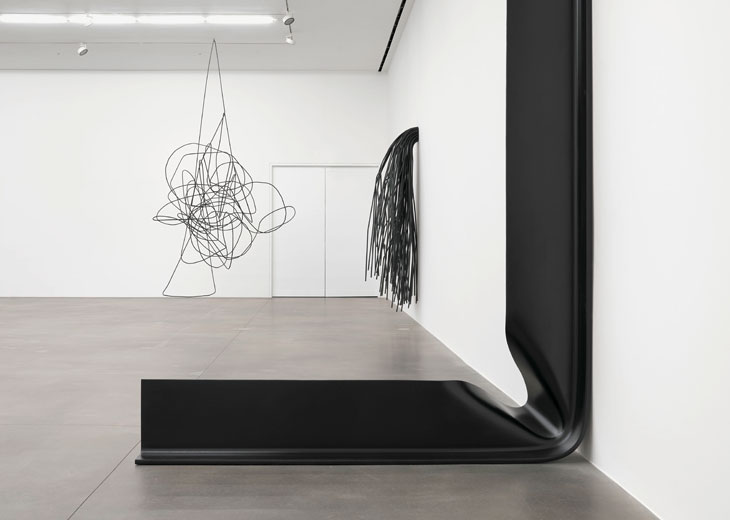
‘Monika Sosnowska: Structural Exercises’, installation view at Hauser & Wirth, London, 2017. © Monika Sosnowska; courtesy the artist and Hauser & Wirth. Photo: Alex Delfanne
Sosnowska’s process is laboured, in contrast to the deceptive simplicity of the works. She collaborates with an engineer to design the structures and ensure that they are mechanically feasible before moving on to make miniature models. Then follows a long search for the right materials and the equipment required to bend, break, and modify them. ‘In my works there’s no trace of the artist’s hand,’ she once said in an interview. ‘My role is limited to the concept, the choice of the proper means, and checking the final stage – seeing to what degree the product is in line with what I imagined.’ In making her role invisible, Sosnowska reveals the hidden bones of the buildings around us and makes us see them more clearly.
‘Monika Sosnowska: Structural Exercises’ is at Hauser & Wirth, London, until 10 Feb 2018.
Unlimited access from just $16 every 3 months
Subscribe to get unlimited and exclusive access to the top art stories, interviews and exhibition reviews.


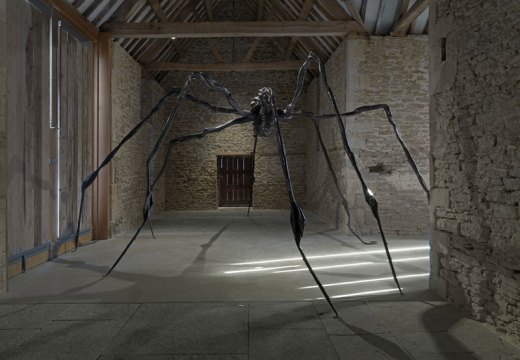
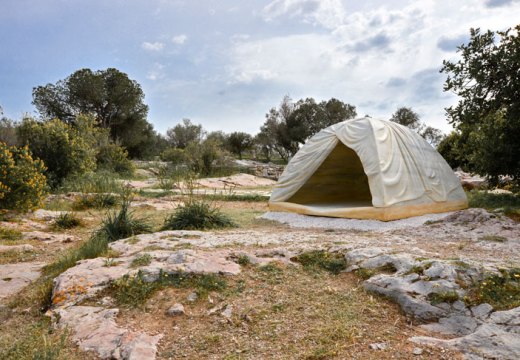
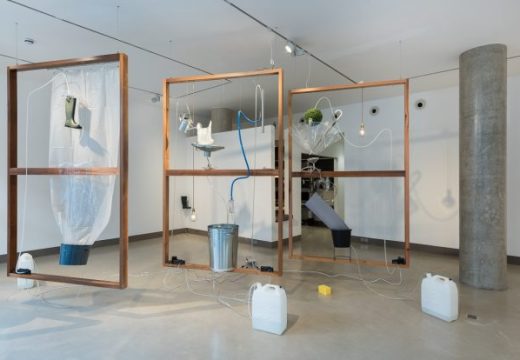









![Masterpiece [Re]discovery 2022. Photo: Ben Fisher Photography, courtesy of Masterpiece London](http://www.apollo-magazine.com/wp-content/uploads/2022/07/MPL2022_4263.jpg)
Why are fathers so absent from art history?